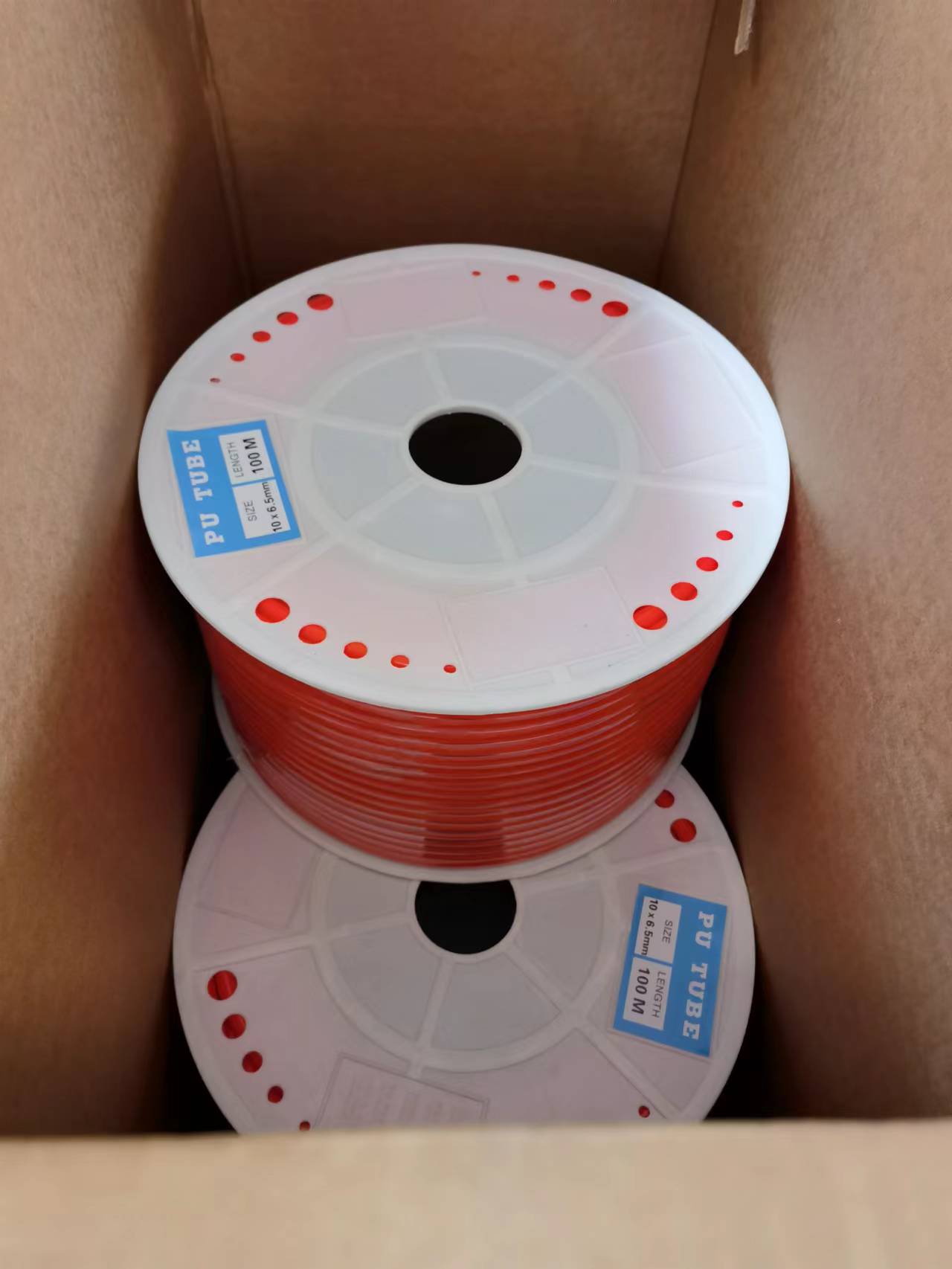Innovative Applications and Benefits of Pneumatic Tube Systems in Modern Logistics and Healthcare Solutions
The Pneumatic Tube System A Modern Solution for Efficient Transportation
In an era where speed and efficiency are paramount, the pneumatic tube system stands out as a remarkable technological solution for transporting materials across various sectors. Originally developed in the 19th century, this innovative system uses compressed air to propel lightweight containers through a network of tubes, allowing for instant delivery of documents, small packages, or even medical samples. Despite the advancement of digital communication and the rise of rapid delivery services, pneumatic tube systems continue to offer unique advantages that keep them relevant in today's fast-paced world.
One of the key benefits of pneumatic tube systems is their speed. The ability to quickly transfer items from one location to another without the need for personnel to physically carry them is invaluable in environments such as hospitals, banks, and manufacturing facilities. In a hospital setting, for instance, time is often a race against the clock, whether it is delivering test results or transporting medications. Pneumatic tubes can cut down transfer times significantly, ensuring that critical resources reach their destinations in the shortest possible time, thereby improving patient care and operational efficiency.
Another advantage is the reduced congestion in busy environments. In offices or hospitals, traditional methods of delivery—such as couriers or messengers—can lead to traffic buildup and distractions. Pneumatic tubes eliminate this issue by utilizing a dedicated network of tubes overhead or underground, freeing up space for employees to focus on their core duties. This system not only optimizes workflow but also minimizes the risk of lost items, as the containers are tracked throughout their journey.
Moreover, pneumatic tube systems contribute to a cleaner, more organized working environment. By automating the transportation of materials, organizations can significantly reduce clutter caused by physical transportation. This factor is particularly crucial in healthcare settings, where maintaining cleanliness and minimizing contamination risks is essential. The automation aspect also leads to a decrease in labor costs, as fewer personnel are needed for manual delivery tasks.
pneumatic tube system

The versatility of pneumatic tube systems cannot be overlooked. They can be designed to accommodate various materials, ranging from simple documents to delicate laboratory specimens. This adaptability allows for their implementation in diverse industries, including retail, manufacturing, and logistics. Businesses can customize the tube diameter and pressure levels to suit specific needs, thus maximizing the efficacy of the system.
As technology continues to advance, the integration of pneumatic tube systems with modern innovations enhances their functionality. For instance, smart sensors and digital tracking systems can be incorporated to monitor the flow of materials, providing real-time updates to users about the status of their items. This integration fosters a seamless operation, further optimizing the supply chain and inventory management.
However, despite the many benefits, it is important to recognize potential challenges. The initial investment and installation of a pneumatic tube system can be considerable, making it less accessible for small businesses. Furthermore, regular maintenance is necessary to prevent breakdowns, which can disrupt operations.
In conclusion, the pneumatic tube system remains a vital mode of transportation in various sectors due to its speed, efficiency, and ability to enhance operational workflow. As industries look for innovative solutions to modern challenges, the continued adaptation and incorporation of pneumatic systems into daily operations demonstrate their lasting relevance. By bridging the gap between traditional delivery methods and contemporary technological advancements, pneumatic tube systems are poised to play a significant role in the future of efficient transportation.
-
Welded Wire Mesh Panel: Durable, Versatile, and AffordableNewsJul.28,2025
-
Top Quality Oxy Acetylene Hoses for Sale Fit for Welding DemandsNewsJul.28,2025
-
The Future of Pneumatic Air Tubes in IndustryNewsJul.28,2025
-
Superior and Reliable LPG Hose Pipe Solutions for Every NeedNewsJul.28,2025
-
Exceptionally Durable and Versatile Premium Braided PVC TubingNewsJul.28,2025
-
Best Adapters for Connecting Garden Hose to PVC Pipe ConnectionsNewsJul.28,2025














